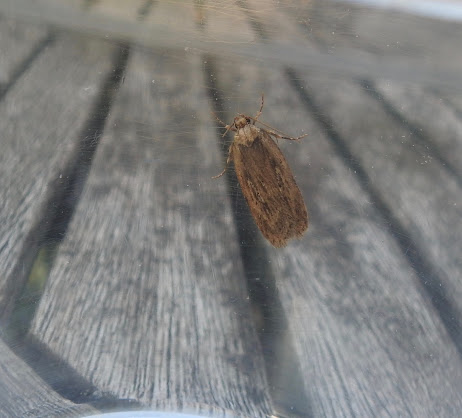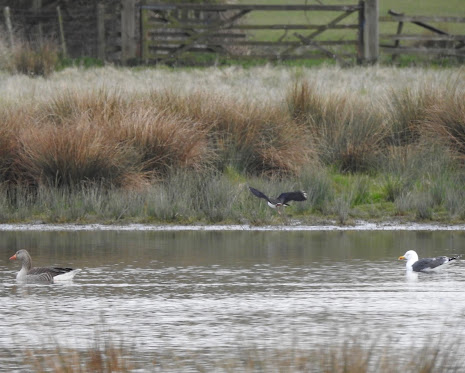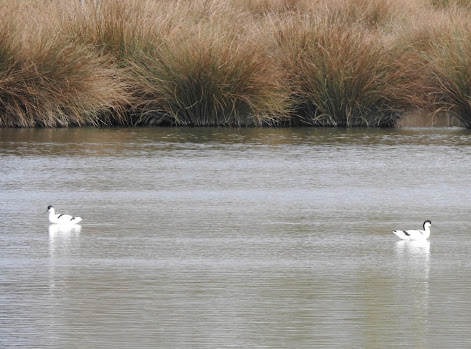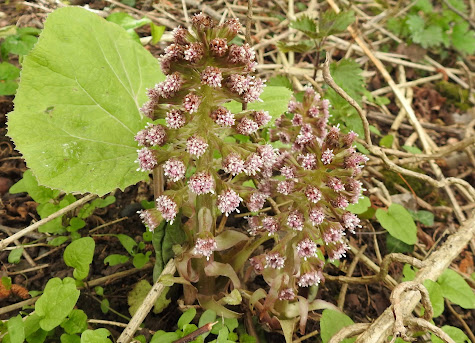The early morning rain was the first for weeks, and I left the house very optimistic that it might have dropped something in. There was also the question of whether the birds piling up on my last visit would hang on for the West Midlands Alldayer on Saturday.
There was no sign of any Grasshopper Warblers, but the late start and cool northerly breeze was probably a factor there. Bird song was generally a little subdued, and in particular a Reed Warbler which had joined the Sedge Warbler singing from the reedbed at the dragonfly pools was very hesitant and barely audible.
There was no sign of any Whinchats, Wheatears, or Fieldfares and I had a sinking feeling as I reached the flash field. Rather like watching West Brom trying to hang on for a vital three points as the final whistle approaches, I just knew that the Avocets would be gone. Sure enough, they had. To add insult to injury, no waders had dropped in to replace them. On the other hand, four Shelducks and three Teal remain.
No hirundines flew over the nearest flash, but just as I was giving up, a flash of colour turned out to be a Kingfisher. Quite expected later in the summer, but unprecedented here in April. I tried to take it as a good sign for the weekend, but suspect it will be a one off.
As I headed towards the "raptor watch point" above Stapenhill Wood I spotted a Fox seconds before it noticed me.
 |
| A lurking Fox. |
Normally the last half hour contains nothing worth putting in the blog. But not this time. I was walking down the hedge bordering the south end of the ridge field when a thrush-sized bird burst out of a bramble patch and flew across my path before crashing into a hawthorn hedge at roughly waist height from the ground. I had no chance of getting the bins on it, but as it was only about a dozen metres away my train of thought went from "what the hell's that?" to "Water Rail" just as it disappeared from view. In that time I had noted it's tailless appearance, rounded brown wings, and long orangey bill which all added up to only the fourth Water Rail I have seen at Morton Bagot.
I peered into the hedge for some time, but to no avail. My guess is that the wet weather caught this night migrant out, and it had just landed anywhere that provided cover, notwithstanding the lack of aquatic habitat.
I've had an email from Tony. They managed a short ringing session last night in the reedbed at the dragonfly pool and caught two Sedge Warblers and a Wren. The Grasshopper Warbler was singing at the time, so it should be still around on Saturday.
 |
| Sedge Warbler |
I'm not going to be able to do the GMS on Friday night because of the early start demanded by the alldayer, so the moth trap will be going out tonight instead.
PS: The trap was empty. Too cold.



















































